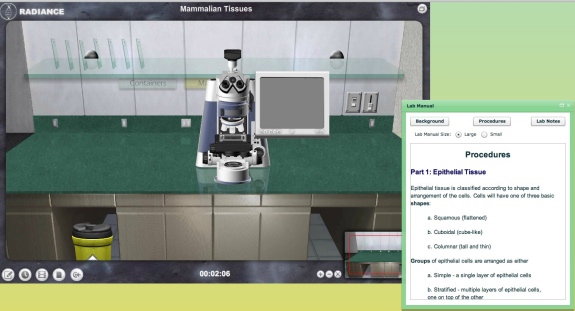You have /5 articles left.
Sign up for a free account or log in.
It's a familiar refrain: we need to do more to attract and retain students in STEM majors. As a New York Times story argued late last year, one of the keys to doing so involves less lecture, more hands-on lab work in these college-level classes.
But that's easier said than done, particularly as students have a very limited access to labs. In part, that's due to budget cuts -- at both the college and K-12 level -- that scrap labs. But it's also because lab work is often limited by other constraints beyond just financial ones: do schools have access to the supplies for interesting experiences? And do students have access to the labs? Sure, there's often an hour or two scheduled for the lab portion of a science class, but what happens when a student has a question or an assignment or (we can hope!) a burning desire to work late on a particular project?
Late Nite Labs wants to offer schools -- and budding scientists -- a solution: a virtual, Web-based lab.
Now sure, manipulating objects via a website isn't "hands-on." But there's actually a lot of content in a Late Night Labs lab that you wouldn't find in a typical college lab -- E coli samples, for one thing. There's equipment, too, that many schools and students might not have access to.
"It's as hands-on as you can," says the Late Nite Labs' Chief Development Officer Harris Goodman. Touting the science chops and science backgrounds of the startup's founding team, Goodman says that the startup is committed to making sure it's creating labs that are not just rich in content and deeply engaging, but provide opportunities that students wouldn't otherwise be able to have.

"Whatever is supposed to happen in the real world, happens in our labs," says Goodman, who when giving me a demo of the product told me to throw a lit bunsen burner into the lab's trash can. Sure enough, there was an explosion.
The focus of the online labs is completely the assignments given by the instructor. The startup offers some 175 labs so far. But the bunsen burner explosion is a good example of the way in which the program actually allows for a certain amount of play and experimentation (go figure, science experiments encouraging experimentation!)
Instructors can use the labs that the startup has created or they can modify them or create their own. (Late Nite Labs is continuing to add content, and plans to unveil a Forensics section in the fall, in addition to its biology and chemistry labs. Physics labs are coming soon too.) As it stands, each lab comes with a lab manual, supplies and equipment. Students' time and their actions are all logged, and assignments are all submitted electronically.
Is this a replacement for the hands-on, face-to-face laboratory experience? I'm not sure. For many schools, there will be some weighing to do here on whether or not a service like Late Nite Labs pencils out as being a better deal than maintaining a traditional lab. (The cost is $49.95 per semester per student for unlimited lab access.) I do like the idea of students having 24-7 access to lab equipment -- as well as to experiments that they just wouldn't be able to perform at school. If we're going to argue that hands-on experiments are essential to keeping students engaged in STEM classes, then Late Nite Labs at the very least could offer an interesting supplement to the offline labs that these students just don't seem to get enough of.





